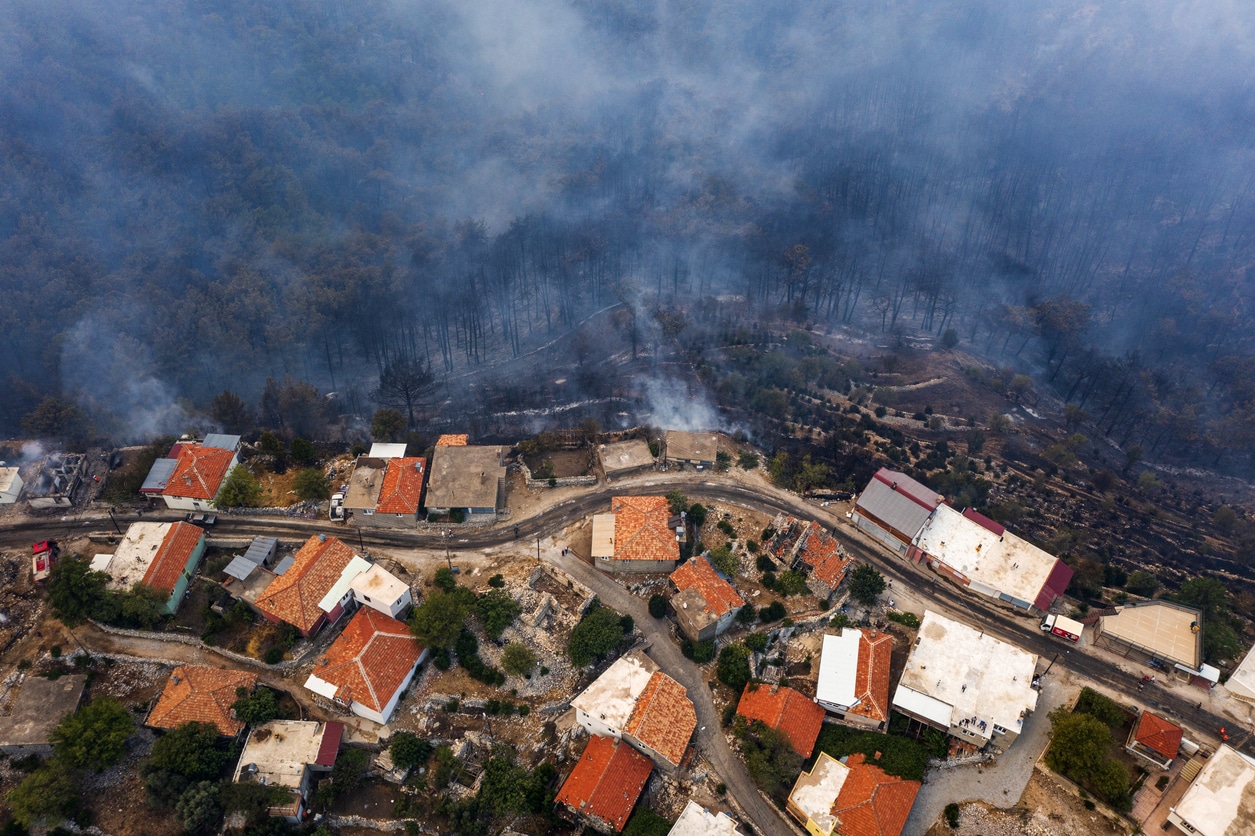The growing threat of wildfires has prompted a reevaluation of home insurance and building standards. As wildfires become more frequent and severe, insurance companies are adjusting policies and premiums to reflect the heightened risk.
Insurance Industry Response
Insurers are increasingly factoring in fire-resistant building materials and design standards when determining coverage options. Homes built or retrofitted to meet these standards are more likely to secure affordable insurance, highlighting the industry’s shift towards incentivizing proactive fire prevention measures.
Building Standards Evolution
New building codes emphasize fire-resistant construction, including non-combustible roofing, exterior walls, and advanced sprinkler systems. These measures aim to reduce the likelihood of homes igniting during a wildfire, protecting both properties and lives.
Economic Implications
The economic impact of wildfires extends beyond insurance premiums. Homeowners may face increased costs to comply with new building standards, while the insurance industry grapples with rising claims. This evolving landscape underscores the need for collaborative efforts between policymakers, insurers, and homeowners to mitigate wildfire risks effectively.













